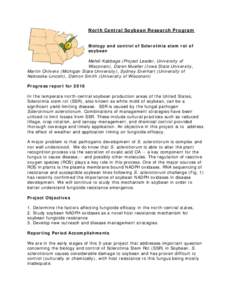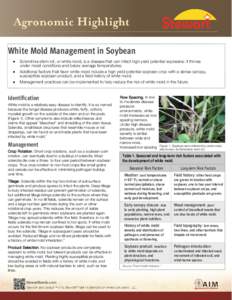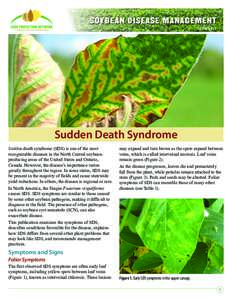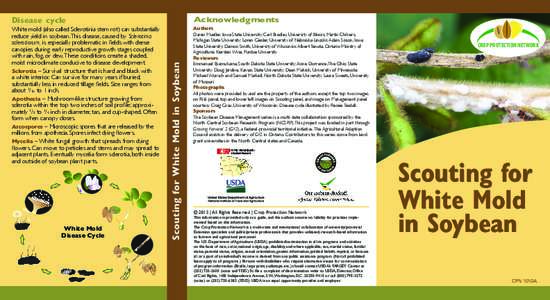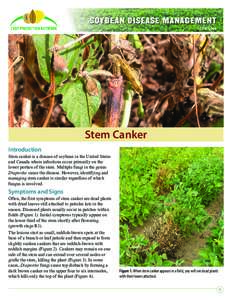<--- Back to Details
| First Page | Document Content | |
|---|---|---|
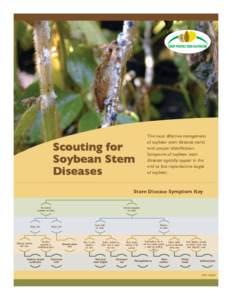 Date: 2016-01-13 09:43:04Mycology Microbiology Phialophora gregata Biology Stem rot Phytophthora sojae Macrophomina phaseolina Sclerotinia sclerotiorum Phytophthora Collar rot Fungicide use in the United States |
Add to Reading List |
 CROP PROTECTION NETWORK Scouting for Soybean Stem Diseases
CROP PROTECTION NETWORK Scouting for Soybean Stem Diseases